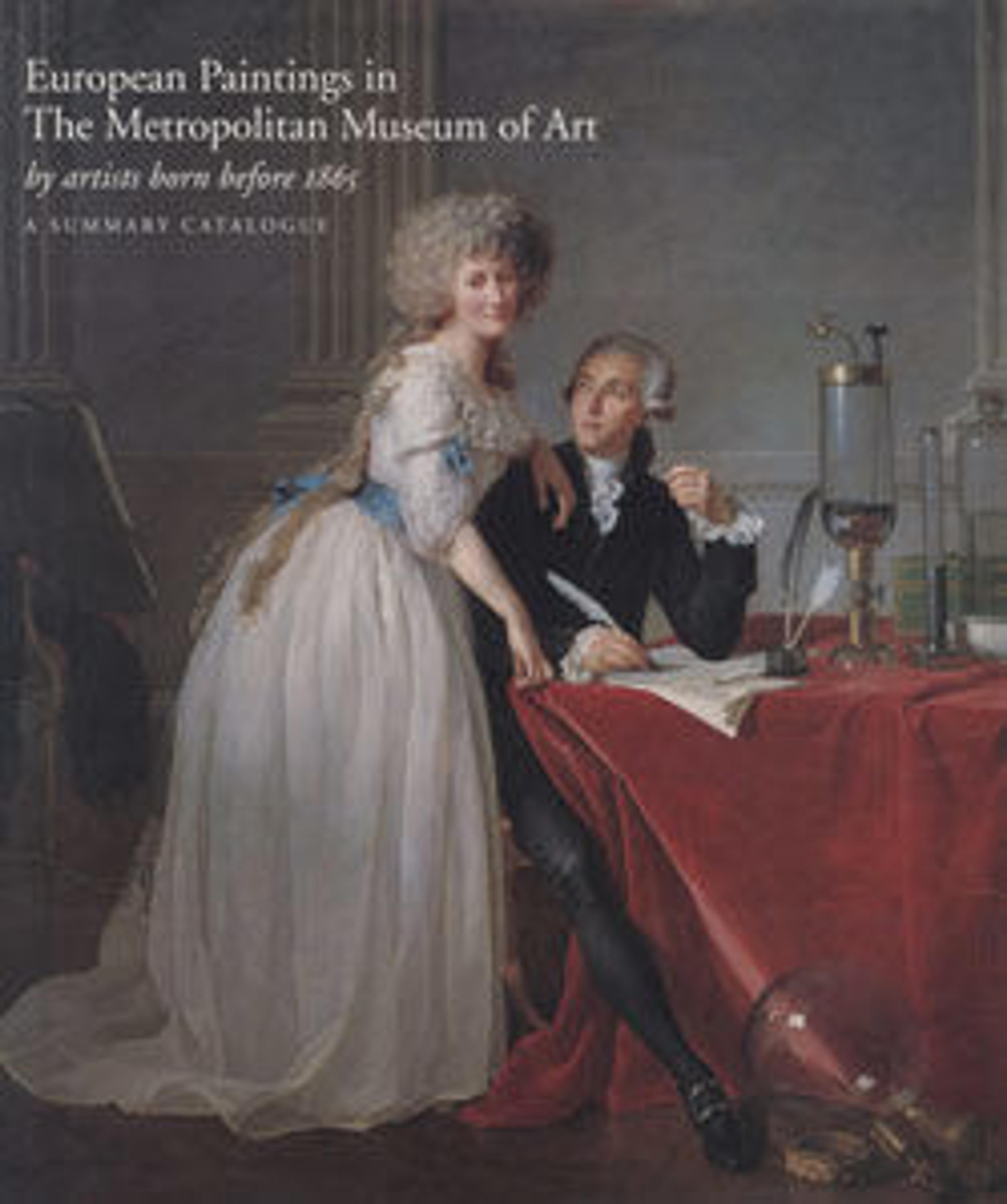Christ Enthroned with Saints
According to the inscription, this well-preserved reliquary panel was painted for the monastery of San Sebastiano in Rome and originally included relics of a number of saints. The recess that enclosed these relics has now been filled with a filigree tondo dating from about 1500. The panel was mounted on another object, perhaps a crucifix. From around 1325, it was produced early in Daddi’s career.
Artwork Details
- Title:Christ Enthroned with Saints
- Artist:Bernardo Daddi (Italian, Florence (?) ca. 1290–1348 Florence)
- Date:ca. 1325
- Medium:Tempera on wood, gold ground
- Dimensions:Irregular, 7 1/2 x 9 in. (19.1 x 22.9 cm)
- Classification:Paintings
- Credit Line:Bequest of Harriet H. Jonas, 1974
- Object Number:1974.217
- Curatorial Department: European Paintings
More Artwork
Research Resources
The Met provides unparalleled resources for research and welcomes an international community of students and scholars. The Met's Open Access API is where creators and researchers can connect to the The Met collection. Open Access data and public domain images are available for unrestricted commercial and noncommercial use without permission or fee.
To request images under copyright and other restrictions, please use this Image Request form.
Feedback
We continue to research and examine historical and cultural context for objects in The Met collection. If you have comments or questions about this object record, please contact us using the form below. The Museum looks forward to receiving your comments.
